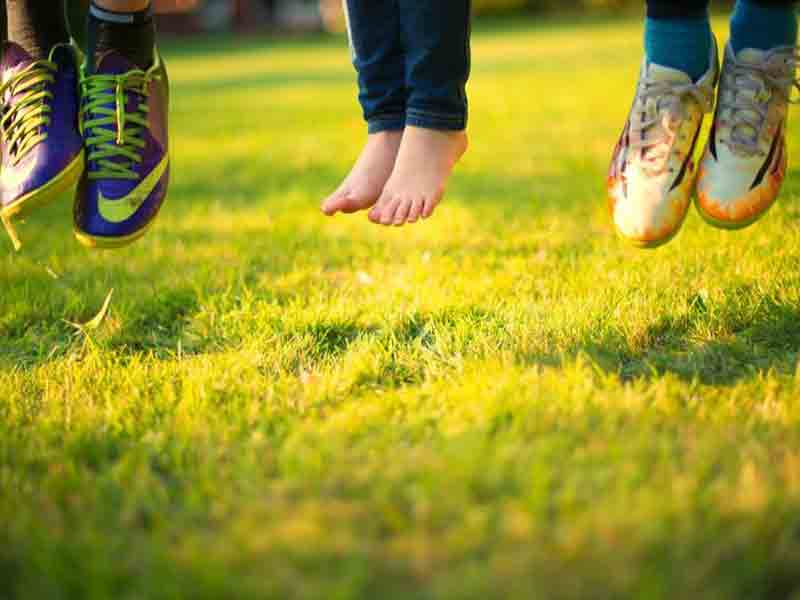Most of the children in our community returned to school this week. For some, it was a nervous time; for others, it was welcomed. But for all students of any age, grade or place of learning, it was indeed a momentous occasion.
For children attending Jewish schools, this was especially true. At their schools, students are taught more than the knowledge, skills, character development and self-confidence that will enable them to make their own way in life and to better the world in the process. Jewish schools also teach children how they fit into the world, as Jews.
To be sure, this lesson is the primary obligation of parents. But parents cannot do this entirely by themselves.
In a recent blog post, Rabbi Nicki Greninger, director of education at Temple Isaiah in Lafayette, Calif., explained this point solidly and succinctly:
“Parents alone can’t teach their kids what it means to be Jewish because part of being Jewish is a connection to community. ‘Jewish’ is not an individual identity. It is a group identity. It is being part of a people… and being part of a Jewish community is an essential component of Judaism. We support each other through tough times, and we celebrate together in good times. We teach each other and we learn from each other. We do not do Judaism alone.”
READ: IN 5754, GOD PROMISED ME MY FIRST KISS
Indeed, it was for this very reason – to ensure that our children learned about their heritage and that they knew that their heritage is built upon a sense of collective and communal responsibility – that our sages created a compulsory system of public education some 2,000 years ago.
Rabbi Jonathan Sacks described it as “the first system of publicly funded, universal education in history. By the end of the first century, it was complete.” In his inspiring manner, Rabbi Sacks then added that, “Jews became the people who predicated their survival on the house of study. Their heroes were teachers, and their citadels, schools. From that day to this, they made education their highest communal priority. It allowed them to do what no other nation has done – preserve their identity intact across almost 20 centuries of exile, dispersion and powerlessness.”
More than two millennia later, from the sanctuary of the province of Ontario – one of the most politically stable and economically thriving places in the world – we are sadly compelled to observe that Jewish education is no longer the highest communal priority. It is an important priority, to be sure. But we cannot truthfully say it is our highest, for we have not yet done our utmost to drive home and extol the absolute importance of Jewish education for the Jewish future. And worse, we have watched as the cost of Jewish education has soared beyond the reach of most parents for whom it is incontestably the lifeline to their souls.
Rabbi Sacks has also written that, “Judaism, more than any other faith, sees parenthood as the highest challenge of all.” He meant this in a number of ways, but no doubt also in direct reinforcement of the simple truth written by Rabbi Greninger: parents cannot do it alone. They need the schools. They need the community.
It is a profoundly moving custom in some families that the hoary-headed grandfather wraps his long, frayed-in-some-places tallit around a grandchild who is about to enter Grade 1. He holds the child closely and envelops her entirely in his woollen prayer shawl, as he tenderly recites a blessing of his own words, while, perhaps with eyes closed, summoning images of individuals who are no longer alive, but ever present.
A grandfather’s blessing rises from his heart. He beseeches God to allow the young child in his arms to thrive in school, to learn well and appreciatively, and to walk willingly, knowledgeably and gratefully all her life on the path of her people.
Do we – as a community – enable the child to walk that path? Or do we place stumbling blocks in her parents’ way?
